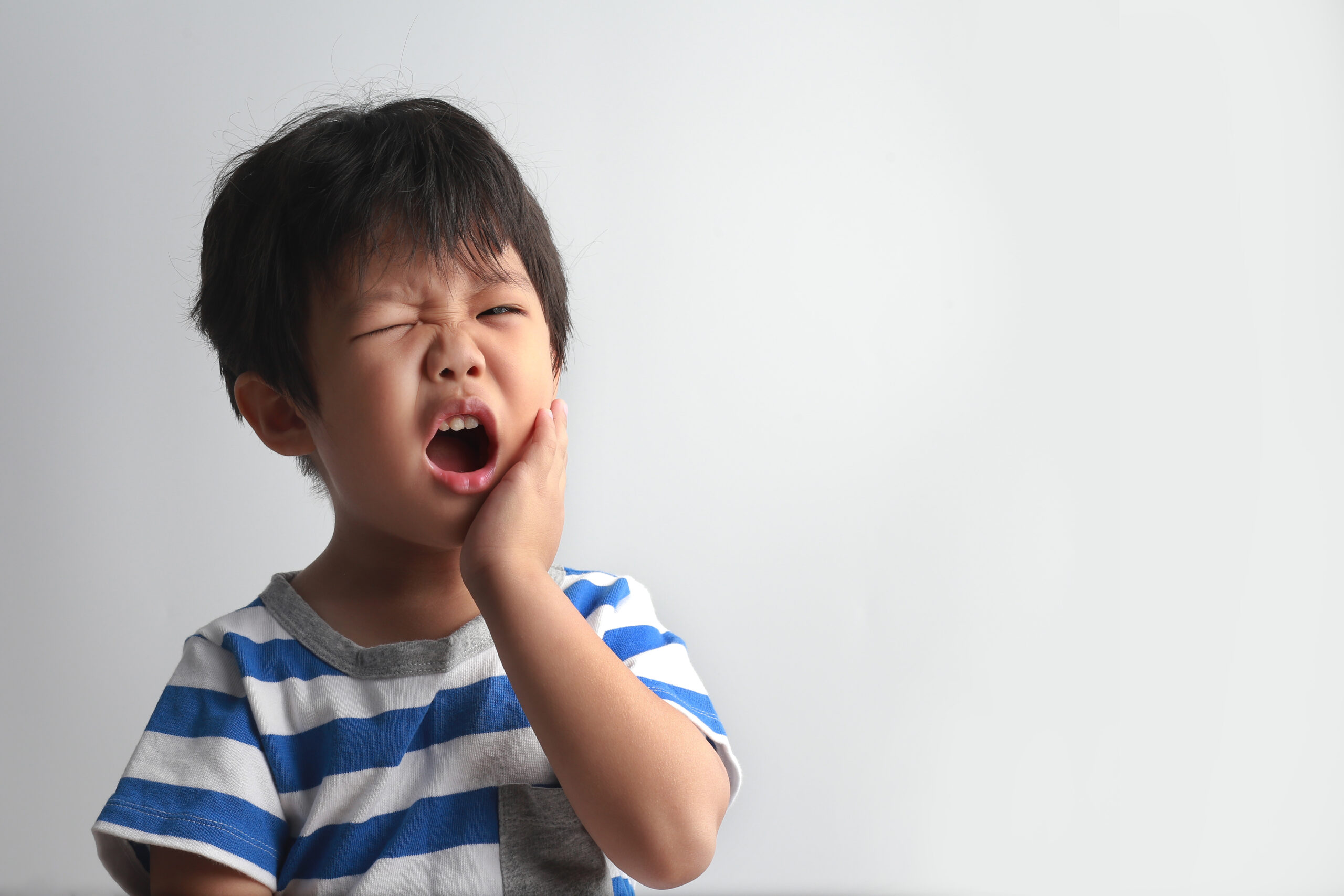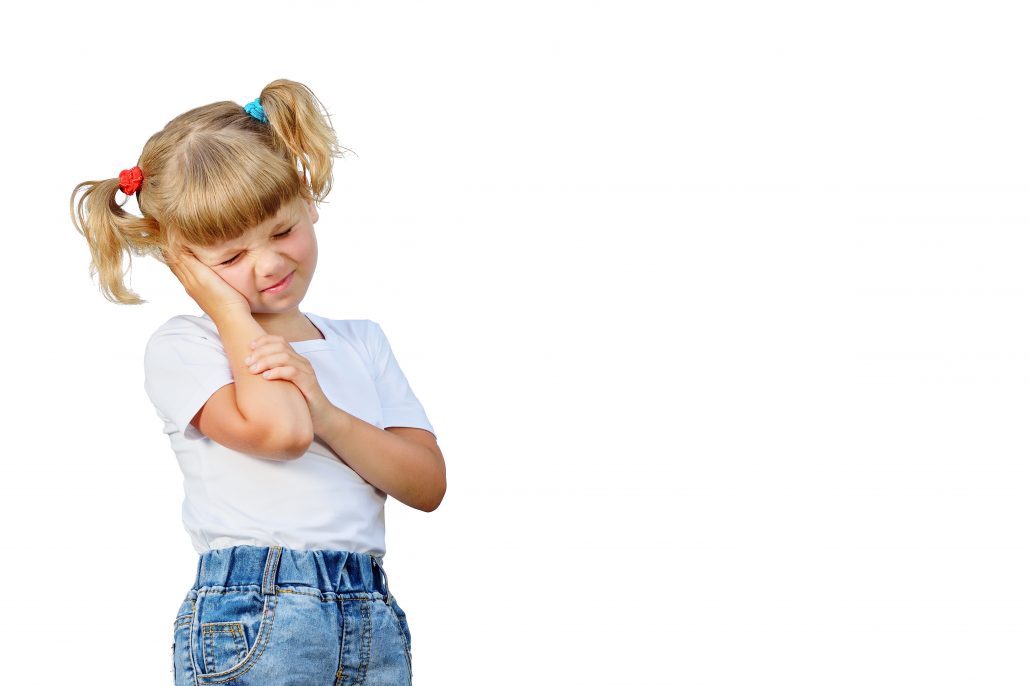Rashes can signal anything from a mild viral infection to a chronic or even life-threatening illness.
Medical experts say avoid diagnosing the rash yourself. “Viral and allergic rashes both can present as a diffuse, splotchy, blanching [disappearing when pressed], pinkish rash,” says dermatologist Reginald B. Henry, MD. “Because the rashes look similar, it can be impossible sometimes to tell the difference just by appearance.”
Here are some common rashes and what to do about them.
Allergies
Rashes such as hives are allergic reactions that are typically splotchy, blanching, pinkish and intensely itchy. A new food or a new medication could be the culprit. Consult your doctor or, if your child has trouble breathing or experiences swelling of the tongue, lips or face, call 911.
Contact dermatitis such as poison ivy or exposure to other irritants can also cause itchy allergic reactions. Treat the area with an over-the-counter cortisone cream. For insect bites, try ammonia-containing products such as AfterBite Kids.
Dr. Henry also recommends oatmeal baths, baking soda compresses, and Sarna lotion or Noxzema cooled in the refrigerator to help relieve itching.
Bacterial
Staphylococcal and streptococcal bacteria often cause infections with rashes, including impetigo, scarlet fever (strep throat with a rash), folliculitis and cellulitis. Lyme disease, caused by the bacterium Borrelia burgdorferi and transmitted by ticks, can cause a bull’s eye rash. If you suspect Lyme disease, seek medical attention immediately. Bacterial infections are typically treated with antibiotics.
 Diaper rash
Diaper rash
This bane of diaper–changers appears as an uncomfortable, red, puffy rash bloom on a baby’s bottom. Causes include diarrhea, antibiotics or introducing solid foods.
To avoid these rashes, change your baby’s diaper frequently and use wipes without alcohol or fragrances to gently pat the area dry. Use a protective barrier ointment after each change. If the skin appears infected with blisters, oozing discharge or painful open sores, call your pediatrician.
Eczema
About 10 percent of infants and children suffer from atopic dermatitis or eczema. This chronic disease is especially common in families with a history of allergies and asthma. Eczema is very itchy, but not contagious. It appears as red, scaly, dry skin and can vary in severity.
Physicians often treat eczema with an over-the-counter cortisone cream to calm the skin. After the rash subsides, treat skin with moisturizers. “Lotions are better in the humid months, ointments in the winter months,” Dr. Henry says. “Don’t over-treat your child if the dermatitis isn’t really bothering her.”
Fungal
Ringworm, a red circular skin rash, is caused by a fungal infection, not a worm. The rash doesn’t always itch, but can spread from skin-to-skin contact. Treat with an anti-fungal product.
Parasitic
Scabies, a condition caused by a mite that burrows into the skin, can cause a pimple-like skin rash that’s extremely itchy and contagious. Because scabies can spread quickly through skin-to-skin contact, your physician might recommend treating the entire family with a topical medication.
Viral
Virus-related rashes are splotchy, blanching, pinkish-colored and usually accompany other symptoms like fever, diarrhea, sore throat and lethargy. Typical childhood viruses that present with a rash include Fifth Disease, molluscum contagiosum, chicken pox (varicella), roseola and hand, foot and mouth disease. Your physician may prescribe antiviral medications.
Warts are another viral skin condition. Although warts generally resolve on their own, “due to the fact they are contagious, we tend to treat them with a spray or liquid nitrogen every one to two weeks until they are gone,” says dermatologist Donna Corvette, MD.
Christa Hines is a momand freelance writer.






